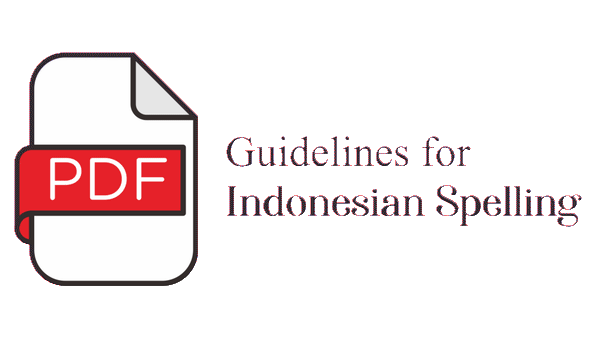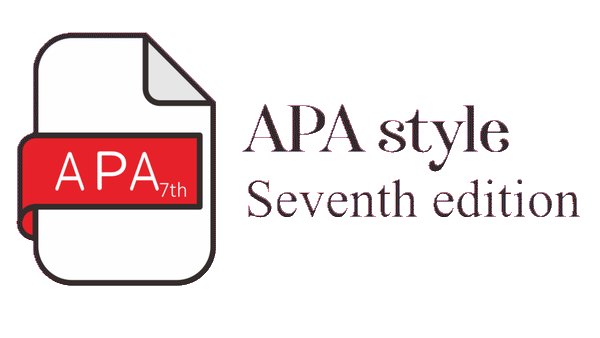DAMPAK SERTIFIKASI CBIB TERHADAP EFISIENSI TEKNIS PADA BUDIDAYA TAMBAK UDANG VANNAMEI
Abstract
Keywords
Full Text:
PDFReferences
Ababouch, L., Gandini, G., & Ryder, J. (2005). Causes of detentions and rejections in international fish trade: Food & Agriculture Org.
Alam, M. F., & Murshed-e-Jahan, K. (2008). Resource allocation efficiency of the prawn-carp farmers of Bangladesh. Aquaculture Economics & Management, 12(3), 188-206.
Bayramoglu, Z., Gundogmus, E., & Tatlidil, F. F. (2010). The impact of EurepGAP requirements on farm income from greenhouse tomatoes in Turkey. African Journal of Agricultural Research, 5(5), 348-355.
Coelli, T. J., Rao, D. S. P., O'Donnell, C. J., & Battese, G. E. (2005). An introduction to efficiency and productivity analysis: Springer Science & Business Media.
Di Falco, S., Veronesi, M., & Yesuf, M. (2011). Does adaptation to climate change provide food security? A micro-perspective from Ethiopia. American Journal of Agricultural Economics, 93(3), 829-846.
Dimara, E., Pantzios, C. J., Skuras, D., & Tsekouras, K. (2005). The impacts of regulated notions of quality on farm efficiency: A DEA application. European journal of operational research, 161(2), 416-431.
Dorr, A. C., & Grote, U. (2009). The role of certification in the Brazilian fruit sector. Revista de Economia Contemporânea, 13(3), 539-571.
Farrell, M. J. (1957). The measurement of productive efficiency. Journal of the Royal Statistical Society: Series A (General), 120(3), 253-281.
Gulbrandsen, L. H. (2005). Mark of sustainability? Challenges for fishery and forestry eco-labeling. Environment: Science and Policy for Sustainable Development, 47(5), 8-23.
Gutiérrez, E., Aguilera, E., Lozano, S., & Guzmán, G. I. (2017). A two-stage DEA approach for quantifying and analysing the inefficiency of conventional and organic rain-fed cereals in Spain. Journal of Cleaner Production, 149, 335-348.
Handschuch, C., Wollni, M., & Villalobos, P. (2013). Adoption of food safety and quality standards among Chilean raspberry producers – Do smallholders benefit? Food Policy, 40, 64-73. doi:http://dx.doi.org/10.1016/j.foodpol.2013.02.002
Henson, S., Brouder, A.-M., & Mitullah, W. (2000). Food Safety Requirements and Food Exports from Developing Countries: The Case of Fish Exports from Kenya to the European Union. American Journal of Agricultural Economics, 82(5), 1159-1169. doi:10.2307/1244245
Henson, S., & Traill, B. (1993). Special Issue The Economics of Food SafetyThe demand for food safety. Food Policy, 18(2), 152-162. doi:http://dx.doi.org/10.1016/0306-9192(93)90023-5
Herrero, I., Pascoe, S., & Mardle, S. (2006). Mix efficiency in a multi-species fishery. Journal of Productivity Analysis, 25(3), 231-241.
Huy, D. H. X. (2009). Technical efficiency analysis for commercial Black Tiger Prawn (Penaeus monodon) aquaculture farms in Nha Trang city, Vietnam. Universitetet i Tromsø,
Jena, P. R., Chichaibelu, B. B., Stellmacher, T., & Grote, U. (2012). The impact of coffee certification on small‐scale producers’ livelihoods: a case study from the Jimma Zone, Ethiopia. Agricultural economics, 43(4), 429-440.
Jonell, M., Phillips, M., Rönnbäck, P., & Troell, M. (2013). Eco-certification of farmed seafood: will it make a difference? Ambio, 42(6), 659-674.
Kleemann, L., Abdulai, A., & Buss, M. (2014). Certification and Access to Export Markets: Adoption and Return on Investment of Organic-Certified Pineapple Farming in Ghana. World Development, 64, 79-92. doi:http://dx.doi.org/10.1016/j.worlddev.2014.05.005
Lokshin, M., & Sajaia, Z. (2004). Maximum likelihood estimation of endogenous switching regression models. The Stata Journal, 4(3), 282-289.
Marschke, M., & Wilkings, A. (2014). Is certification a viable option for small producer fish farmers in the global south? Insights from Vietnam. Marine Policy, 50, Part A, 197-206. doi:http://dx.doi.org/10.1016/j.marpol.2014.06.010
Nguyen, K. T., & Fisher, T. C. (2014). Efficiency analysis and the effect of pollution on shrimp farms in the Mekong River Delta. Aquaculture Economics & Management, 18(4), 325-343.
Njoba, J. W., Owuor, G., & Wolukau, J. (2016). Does Global GAP Certification Influence Smallholders Technical Efficiency in French Beans production? A case study of Nyeri and Kirinyaga Counties, Kenya. Journal of Agricultural Economics, Extension and Rural Development, Vol. 4(7), 532-542.
Pérez-Ramírez, M., Phillips, B., Lluch-Belda, D., & Lluch-Cota, S. (2012). Perspectives for implementing fisheries certification in developing countries. Marine Policy, 36(1), 297-302.
Poudel, K. L., Yamamoto, N., & Johnson, T. G. (2012). Comparing technical efficiency of organic and conventional coffee farms in Nepal using data envelopment analysis (DEA) approach. Retrieved from
Quyet, D., & Viet, D. (2019). The Efficiency of Development Investment in Agricultural Production Applying Good Agricultural Practices (Gap) Standard of Household-‐‑Case Study of Grapes and Apple in Ninh Thuan Province, Vietnam. Journal of Business Management and Economic Research, 3(1), 8-16.
Shiferaw, B., Kassie, M., Jaleta, M., & Yirga, C. (2014). Adoption of improved wheat varieties and impacts on household food security in Ethiopia. Food Policy, 44, 272-284.
Songsrirote, N., & Singhapreecha, C. (2007). Technical efficiency and its determinants on conventional and certified organic jasmine rice farms in Yasothon province. Thammasat Economic Journal, 25(2), 96-133.
Tone, K. (2001). A slacks-based measure of efficiency in data envelopment analysis. European journal of operational research, 130(3), 498-509.
Tung, P. B. V. (2010). Technical efficiency of improved extensive shrimp farming in Ca Mau province, Vietnam. Universitetet i Tromsø,
DOI: http://dx.doi.org/10.15578/jsekp.v16i1.9775
Indexed by:
-------------------------------------------------------------------------------------
Published by
Research Center for Marine and Fisheries Socio-Economic
in collaboration with
Indonesian Marine and Fisheries Socio-Economics Research Network

This work is licensed under a Creative Commons Attribution-NonCommercial-ShareAlike 4.0 International License.



















